A country's currency is a business card for the world. The reasons for printing animals on a national currency may be varied, but they are all related to the country's culture, history, tourism and economic interests. There are those that serve as cultural and historical symbols, such as pandas and dragons in Chinese culture, which can be used as currency patterns to reflect their cultural value. Some events or anniversaries are commemorated by printing specific animals on currency. For example, Canada's Beaver Lake gold coin, issued to celebrate the country's 150th anniversary, features a beaver. Using animals as currency patterns can play a role in promoting tourism resources. For example, Australia's kangaroos and koalas are one of the country's famous tourism resources. It is also used as a currency pattern to raise people's awareness of these animals and their protection. At the same time, the images of these animals can also become the brand identity of the country's export products. For example, South Africa's lions, cheetahs and other wild animals are one of the country's important economic resources.
The following is an introduction to the animals on the currency of various Asian countries. If you are interested, please remember to like it. The editor will update the animals on the currency of more regions based on the number of likes. Thank you~
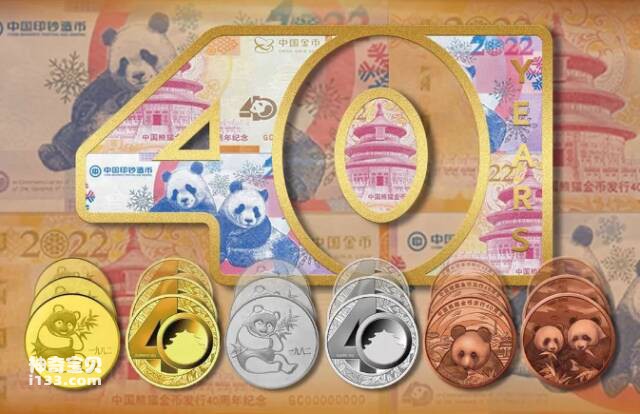
1. China
The animals printed on Chinese currency mainly include pandas and swans. Pandas are rare animals unique to China and enjoy a high reputation around the world. Since 1982, China has begun printing panda images on its currency to promote the importance of panda protection and environmental protection. At present, the People's Bank of China has issued multiple series of panda commemorative coins and gold and silver commemorative coins of various denominations.
In 2011, the People's Bank of China issued a set of commemorative coins called "Swan Lake", all of which feature beautiful swan patterns. This set of currency includes 6 coins, namely 1 yuan, 5 dimes, 1 dime, 5 cents, 1 cent and 1/10 ounce gold coins. Each coin is printed with a swan in a different posture. Additionally, there are many other animals that appear on currency throughout Chinese history. For example, Long Yang and Pan Long Yang in the Qing Dynasty were printed with dragon patterns; during the Republic of China, there were also banknotes printed with patterns such as peacocks and unicorns.
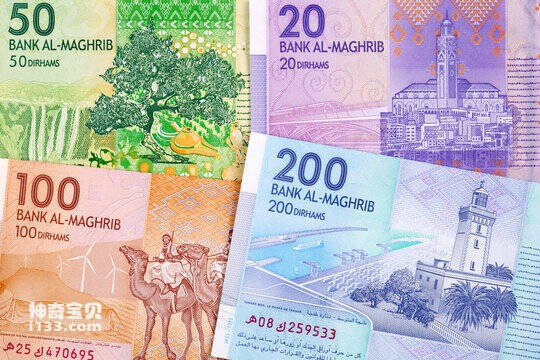
2. United Arab Emirates
The currency unit of the United Arab Emirates is the Dirham, and its currency code is AED. There is usually a camel image printed on currency because in past history, camels were a very important means of transportation and a symbol of wealth for the Arabs. In addition, other animals, such as lions and eagles, were also printed on some earlier issued UAE dirham coins.
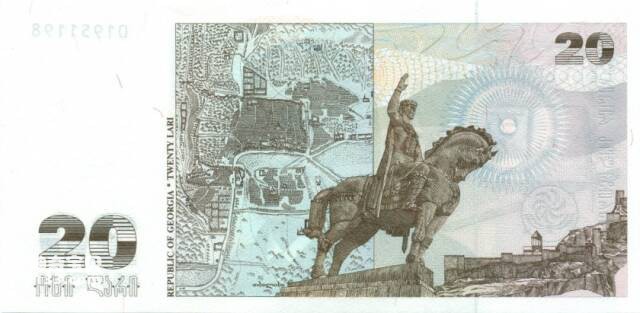
3.Georgia
The currency of Georgia is the lari, and the animal on it is the horse. The front of the lari coin is printed with the national emblem, including a cross, oak leaves and an 8-pointed star symbolizing the sun, while the reverse is printed with a galloping horse. The galloping horse is one of the national symbols of Georgia and represents the courage and free spirit of its people.
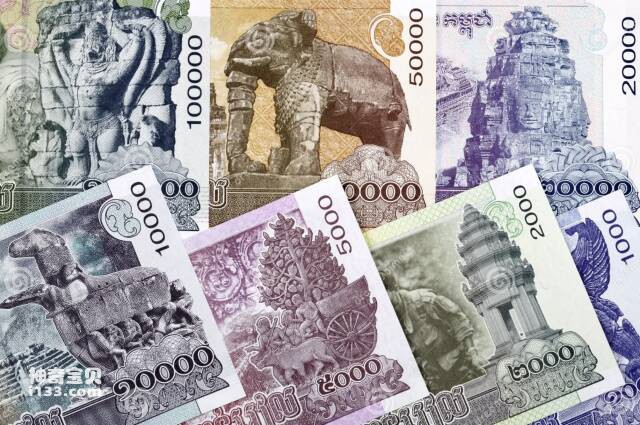
4.Cambodia
The animal on Cambodian currency is the royal white elephant. The country's currency is the riel, and its coins and banknotes feature the royal white elephant. The elephant is considered one of Cambodia’s national symbols and plays an important role in the country’s history and culture. The royal white elephant is considered a sacred animal in Cambodia, representing power, sanctity and luck. Therefore, it has become one of the important elements of Cambodian currency.

5. Mongolia
The animal on Mongolian currency is a wild horse. The country's monetary unit is the Tugrik, and its coins and banknotes feature wild horses. Wild horses run freely on the Mongolian grasslands and are regarded as symbols of the Mongolian national spirit and grassland culture. At the same time, the wild horse is also a very important animal in Mongolian history. It is not only the main equipment of the Mongolian army, but also one of the traditional diets of the Mongolian people. Therefore, the wild horse has become one of the important elements of Mongolian currency.
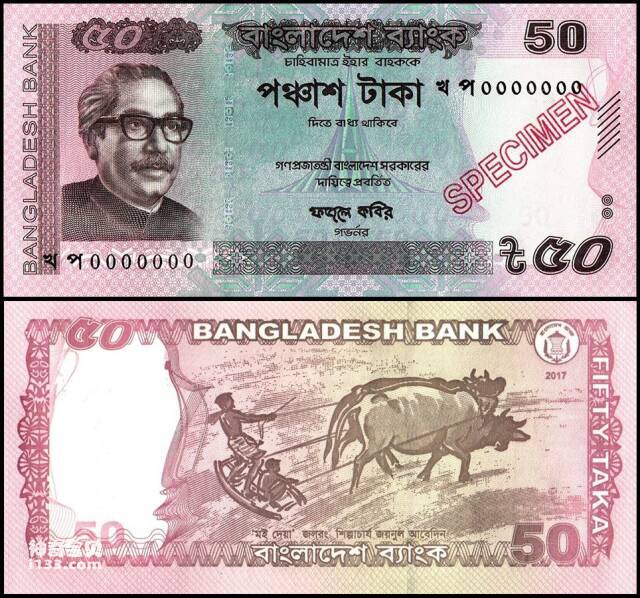
6. Bangladesh
Bangladesh's monetary unit is the taka, and its coins and banknotes do not feature animals. However, some early versions of Taka banknotes featured an image of a Bengal tiger. The Bengal tiger is the national animal of Bangladesh and one of the world's endangered species. Their numbers have declined dramatically due to excessive hunting and habitat destruction, and they are listed on the endangered species list. Although the animal is not featured on current taka banknotes, the Bengal tiger remains a very important part of the country's culture and ecosystem.
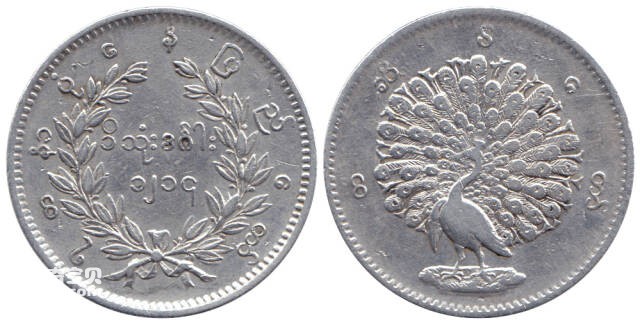
7.Myanmar
Myanmar's currency is the kyat, and its coins and banknotes feature animal designs. In the center of the front of the kyat coin, a peacock hovering on a rock is printed, along with the national emblem and English text. The peacock of Myanmar is called the "Royal Peacock". It is the country's national bird and a very important part of Myanmar's culture and history. In addition, some other animals are printed on the kyat banknotes, such as Elephants-Are-Endangered.html">elephants, tigers and crocodiles. These animals hold an important place in Myanmar's culture and wildlife.

8.Nepal
Nepal's currency is the rupee, and its coins and banknotes feature animal designs. In the center of the front of the Nepali coin, the king's image is printed with English and Nepali characters. On the back of the coin, different animals are printed, such as spotted deer, peacock, rhino, etc. Among them, rhinos are considered one of the sacred animals in Nepal and they are widely distributed in national parks in the south of the country. In addition, Nepal has the world's largest takin species, the wild yak, which is also one of the country's important wild animals. Therefore, images of these animals are printed on Nepali coins and banknotes to show Nepal’s rich natural and cultural heritage.
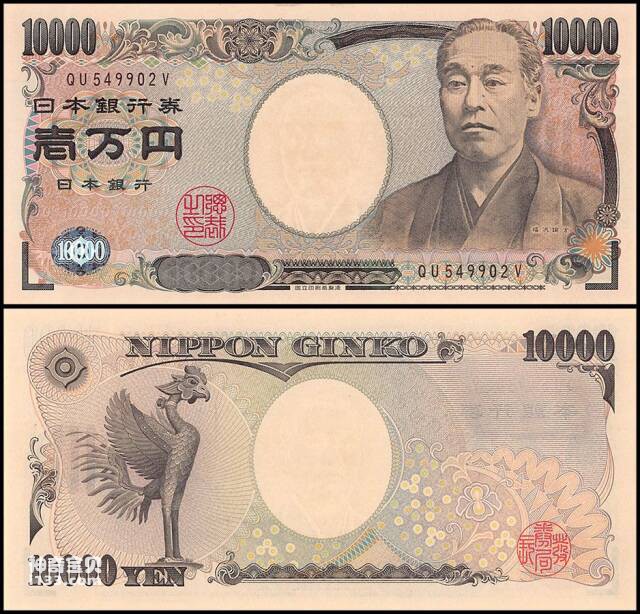
9. Japan
Japan's monetary unit is the yen, and its coins and banknotes feature animal designs. In the center of the front of the Japanese yen coin, there is the emperor's portrait printed on it, along with Japanese characters and the year number. On the back of the coin, different animals are printed, such as peacocks, deer, giant pandas, etc. In addition, some animal patterns are also printed on Japanese yen banknotes, such as birds, horses, Iwate goats, etc. Among them, deer are considered one of the auspicious animals in Japan. They are widely distributed in the country and often appear in Japanese cultural and artistic works. In addition, although the giant panda is not an animal unique to Japan, Japan and my country have jointly protected the giant panda in recent years and regard it as one of the symbols of friendly cooperation. Therefore, Japanese currency is printed with images of these animals to highlight Japanese culture and international friendly relations.
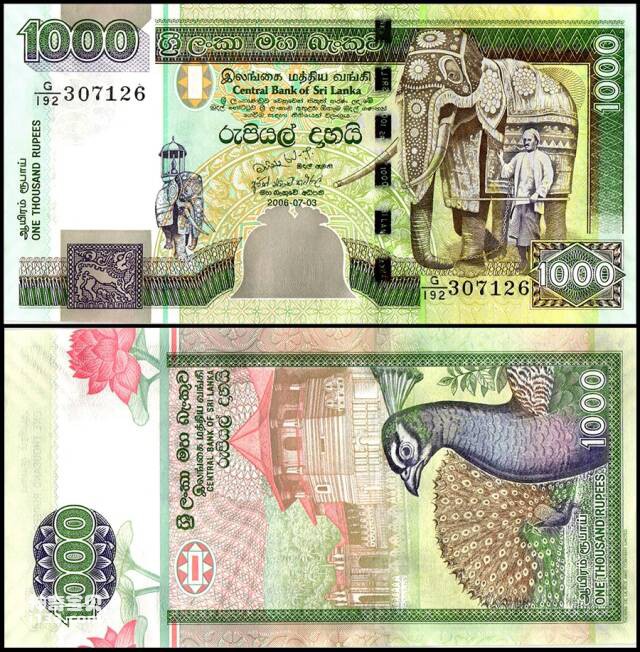
10.Sri Lanka
Sri Lanka's currency is the rupee, and its coins and banknotes feature animal designs. In the center of the obverse of the Sri Lankan coins, there is the king's image printed with English and Ceylonese text. On the back of the coin, different animals are printed, such as peacocks, Elephants-Are-Endangered.html">elephants, rhinos, etc. Among them, Sri Lanka is one of the most important peacock habitats in the world. The peacock is also the country's national bird and is regarded as a symbol of good luck. In addition, Asian Elephants-Are-Endangered.html">elephants are widely distributed in Sri Lanka. They are one of the important representatives of Sri Lankan wildlife and often appear in Sri Lankan cultural and artistic works. Therefore, images of these animals are printed on Sri Lankan currency to show Sri Lanka’s rich natural and cultural heritage.
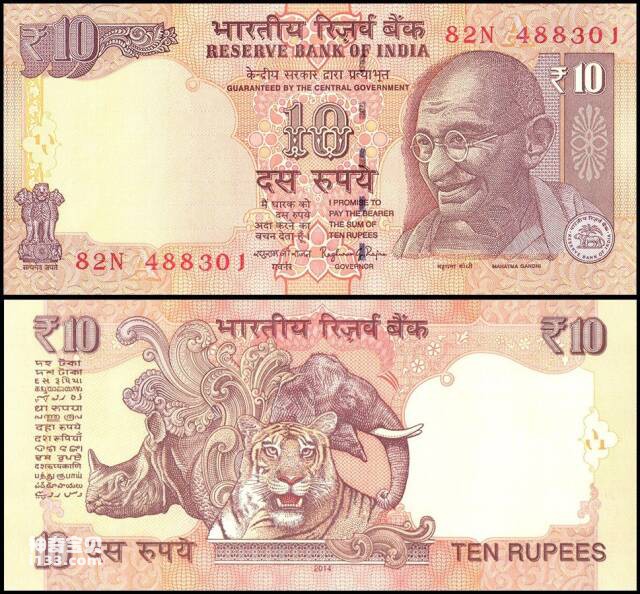
11.India
India's monetary unit is the rupee, and its coins and banknotes feature animal designs. In the center of the obverse of the Indian coin, there is an image of the national monument Taji Mahal with text in English and Hindi. On the back of the coin, different animals are printed, such as peacocks, tigers, rhinos, etc. Among them, the peacock is India’s national bird and a very important part of the country’s culture and history. In addition, wild animals such as Bengal tigers and Indian rhinos are widely distributed in India, and they play an important role in the protection and management of Indian wildlife. Therefore, on Indian currency, images of these animals are printed to show India’s natural and cultural heritage.
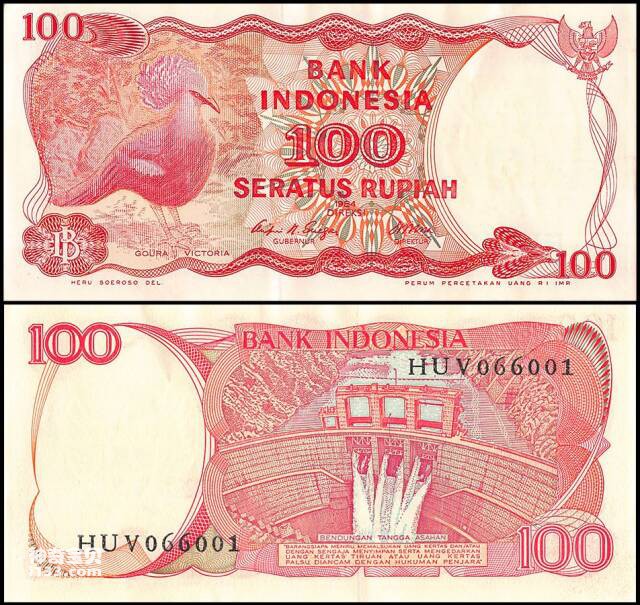
12. Indonesia
Indonesia's currency is the rupiah, and its coins and banknotes feature animal designs. In the center of the obverse of Indonesian coins, the portrait of the national hero is printed with Indonesian text. On the back of the coin, there are different animals printed on it, such as eagles, dragons, rhinos, etc. Among them, the national bird of Indonesia is the Borneo green-winged robin. They are distributed in the country's forests and are regarded as one of Indonesia's natural symbols. In addition, wild animals such as koalas and Indonesian tigers are widely distributed in Indonesia, and they play an important role in the country's ecosystem protection and cultural heritage. Therefore, on Indonesian currency, images of these animals are printed to show the country's natural and cultural diversity.
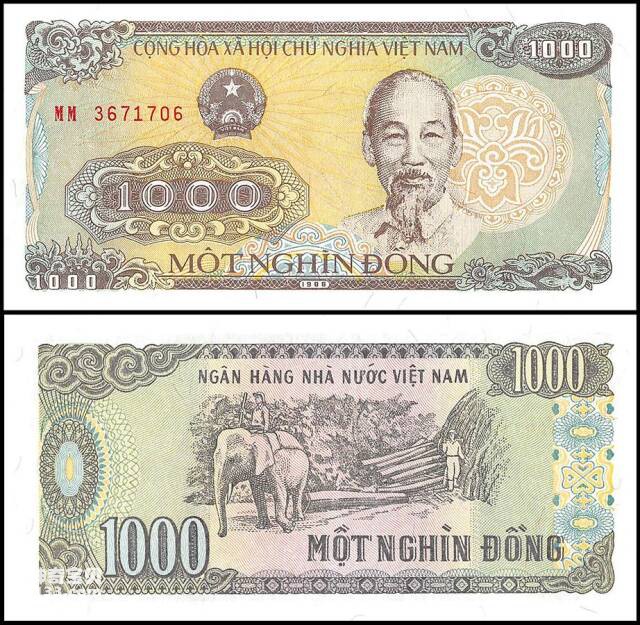
13.Vietnam
Vietnam's monetary unit is the dong, and its coins and banknotes feature animal designs. In the center of the front of the Vietnamese dong coin, there is Ho Chi Minh's face printed with Vietnamese and English text. On the back of the coin, there are different animals printed on it, such as fish, turtles, birds, etc. Among them, Vietnam’s national bird is the cuckoo. They are distributed in the country’s forests and are regarded as one of Vietnam’s natural symbols. In addition, wild animals such as buffalo and mongoose are widely distributed in Vietnam, and they play an important role in the country’s ecosystem protection and cultural heritage. Therefore, on Vietnamese currency, images of these animals are printed to show the country's natural and cultural diversity.
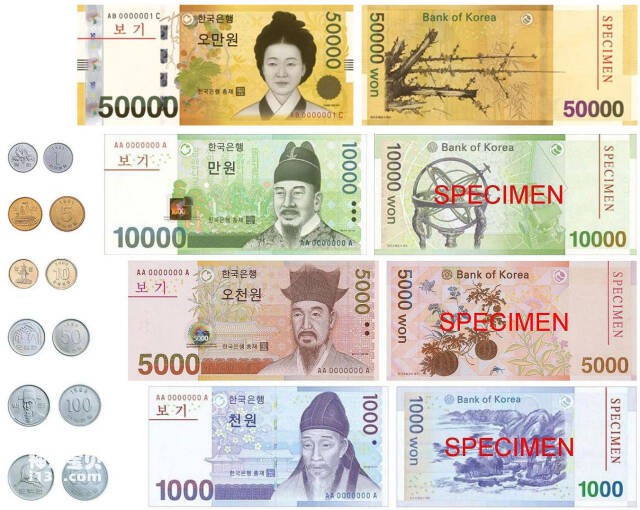
14. South Korea
South Korea's monetary unit is the won, and its coins and banknotes feature animal designs. The national emblem and English text are printed on the center of the front of the Korean won coin. On the back of the coin, different animals are printed, such as tiger, crane, rabbit, etc. Among them, tigers are regarded as one of the auspicious animals in Korea, and they often appear in Korean art and cultural works. In addition, some animal patterns are also printed on Korean won banknotes, such as cranes, butterflies, carp, etc. These animals are so important in Korean culture and nature that they are an important element of Korean currency.
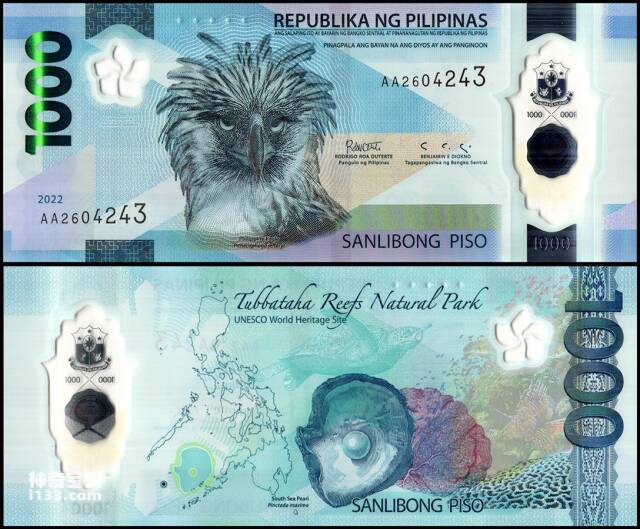
15. Philippines
The currency of the Philippines is the Philippine Peso, and its coins and banknotes feature animal designs. On the center of the front of the Philippine peso coin is the portrait of the national hero, with text in English and Filipino. On the back of the coin, different animals are printed, such as tiger, peacock, Asian buffalo, etc. Among them, the national bird of the Philippines is the swallow. They are distributed in the country’s forests and are regarded as one of the symbols of Philippine nature. In addition, wild animals such as monkeys, crocodiles, and bats are widely distributed in the Philippines, and they play an important role in the country's ecosystem protection and cultural heritage. Therefore, on Philippine currency, images of these animals are printed to show the country's natural and cultural diversity.
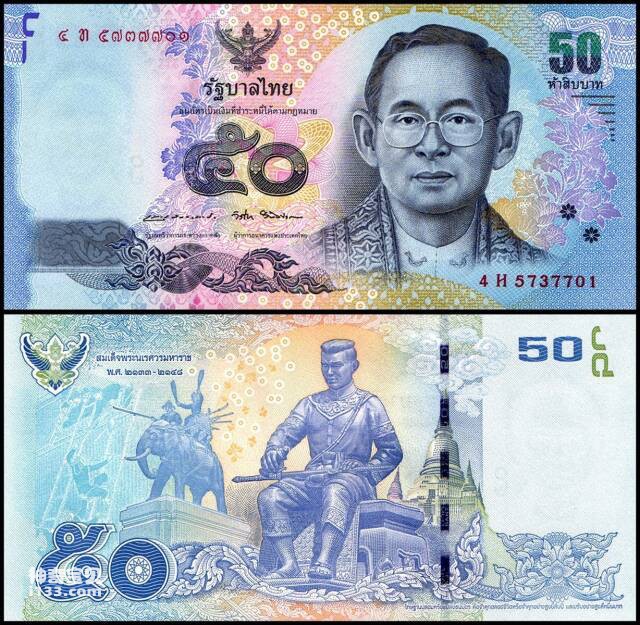
16. Thailand
Thailand's currency is the baht, and its coins and banknotes feature animal designs. In the center of the front of the Thai baht coin, there is the king's image printed with Thai text. On the back of the coin, different animals are printed, such as elephants, tigers, crocodiles, etc. Among them, Thailand’s national elephant is the Asian elephant. They are distributed in the country’s forests and are regarded as one of the symbols of Thailand’s nature. In addition, wild animals such as leopards and peacocks are widely distributed in Thailand, and they play an important role in the country's ecosystem protection and cultural heritage. Therefore, on Thai currency, images of these animals are printed to show the country's natural and cultural diversity.
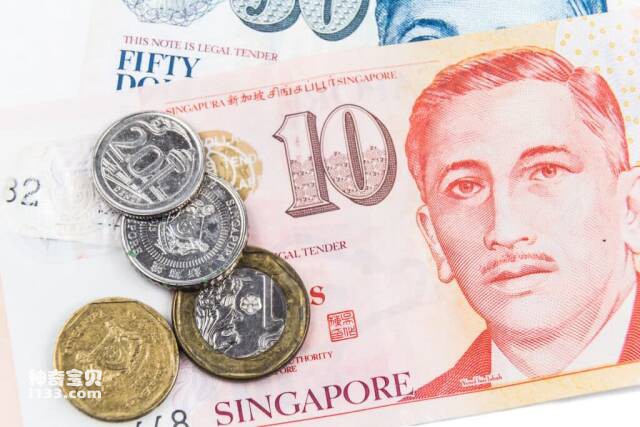
17. Singapore
Singapore's currency is the Singapore dollar, and its coins and banknotes feature animal designs. On the center obverse of the Singapore dollar coin, there is an image of the Merlion, a national monument, with text in English and Malay. On the back of the coin, different animals are printed, such as peacocks, butterflies, lobsters, etc. Among them, Singapore's national bird is the red-billed acacia. They are distributed in the country's forests and city parks and are regarded as one of Singapore's natural symbols. In addition, insects such as butterflies, dragonflies and mantises are also widely distributed in Singapore, and they play an important role in the country's ecosystem protection and cultural heritage. Therefore, Singaporean currency features images of these animals to show the country's natural and cultural diversity.
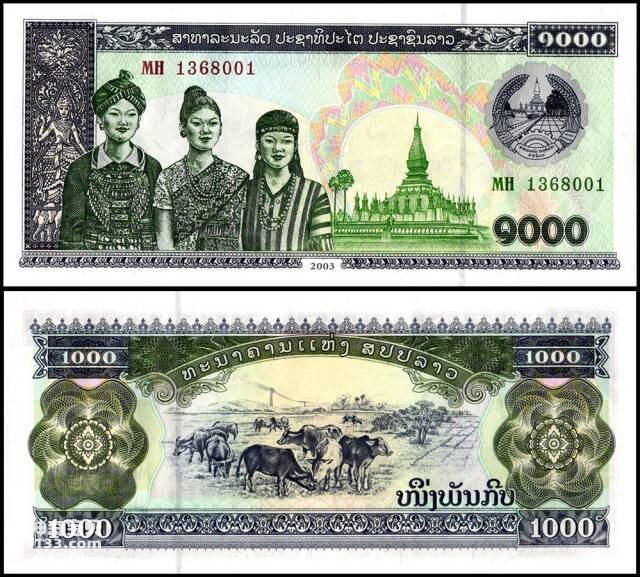
18. Laos
The animal on Laos' currency is the white elephant on the national emblem. The white elephant holds an important place in Lao culture and religion and is considered a symbol of purity, wisdom and strength. In addition, there are some other animals in Laos that also have special significance locally, such as buffalo, birds and snakes.
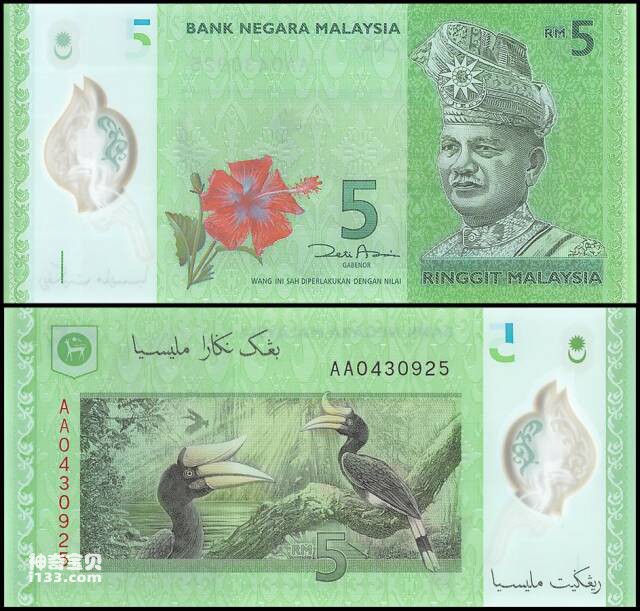
19. Malaysia
There are many kinds of animals on Malaysian currency, the most famous of which is the Malayan hornbill on the national emblem. The Malayan hornbill, known as "Badak Sumatera" in Malaysia, is one of the endemic species in the area. In addition, Malaysia's 1 ringgit coin is printed with a flying eagle, symbolizing freedom and strength; the 50 cent coin is printed with a killer whale. In addition, you can see many other animals like elephants, monkeys, crocodiles, birds, etc. on Malaysian banknotes.
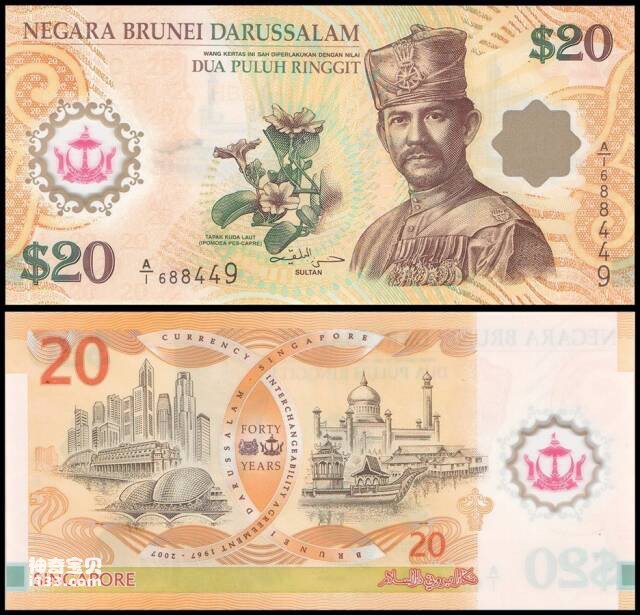
20. Brunei
Brunei's currency is the Brunei dollar, which has some unique local animals printed on it. The most famous one is the bald eagle on the national emblem. This bird is very rare in Southeast Asia and is considered a precious species. In addition, Brunei's 1 yuan coin features a monkey and the 50 sen coin features a carp. Many different types of animals also appear on Brunei's banknotes, such as elephants, royal sharks, orca whales, etc. These are representatives of Brunei's natural resources and cultural heritage.
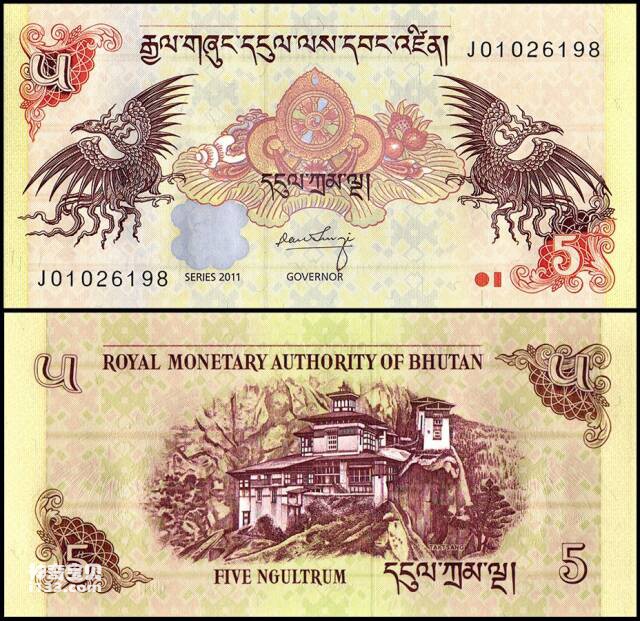
21.Bhutan
The currency of Bhutan is Ngultrum, which features some unique local animals. The most famous one is the black-necked crane on the national emblem. This bird is considered sacred in Bhutan and is even revered as the "angel bird". In addition, the 1 Ngultrum coin of Bhutan features a leopard and the 5 Ngultrum coin features a tiger. Many different types of animals also appear on Bhutan’s banknotes, such as white-crested gibbons, goats, wild elephants, etc. These are representatives of Bhutan’s natural resources and cultural heritage.
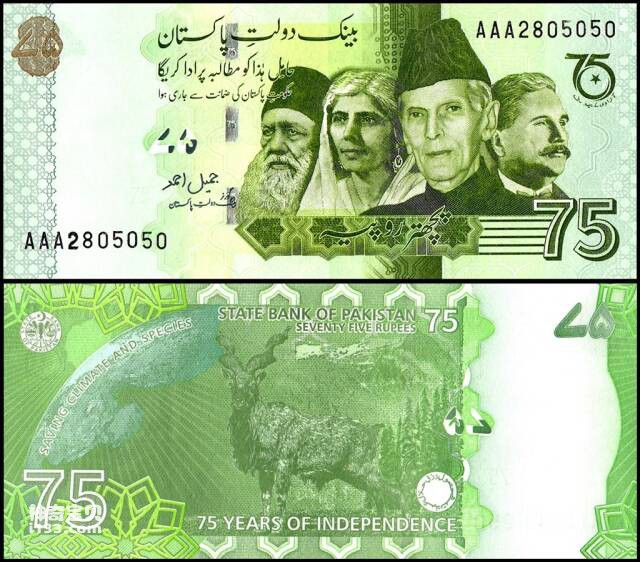
22. Pakistan
The currency of Pakistan is the Pakistani Rupee, which features some local animals. The most famous of these is the peacock on the national emblem, a bird considered a symbol of beauty and nobility in Pakistan. In addition, Pakistan's 1-rupee coin features a leopard and the 2-rupee coin features a deer. Many different types of animals also appear on Pakistan's banknotes, such as zebras, goats, bison, ostriches, etc. These are representatives of Pakistan's natural resources and cultural heritage.
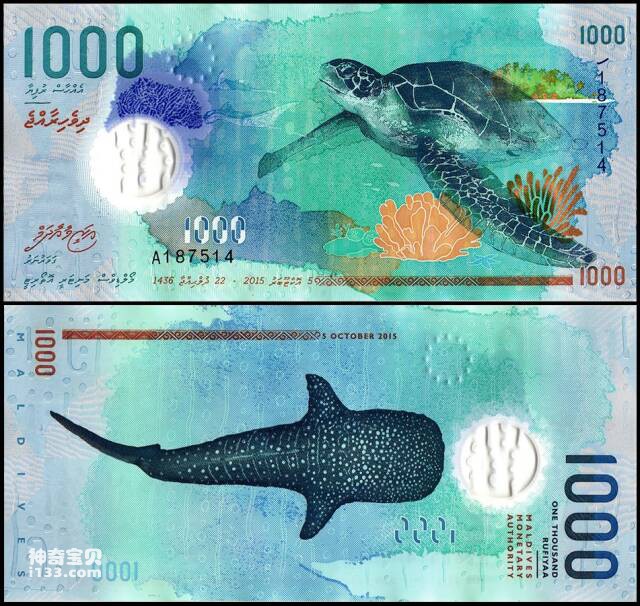
23. Maldives
The currency of the Maldives is Rufiyaa, which features some unique local animals. The most famous of these is the dolphin on the national emblem, a mammal that is very common in the waters around the Maldives. Additionally, the Maldives' 1 rafiya coin features a red panda, while the 2 rafiya coin features a palm bird. Many different types of animals also appear on Maldives banknotes, such as sharks, turtles, buffalo, bats, etc. These are representatives of the natural resources and cultural heritage of the Maldives.
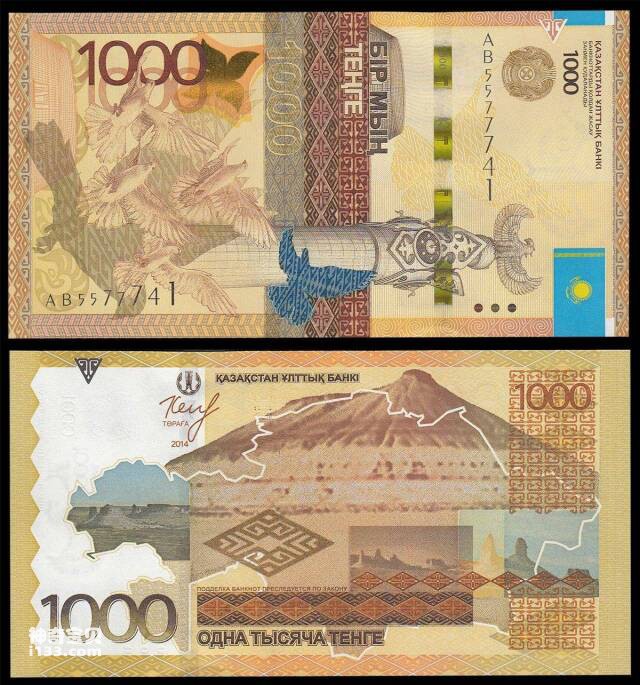
24. Kazakhstan
The currency of Kazakhstan is the Tenge, which features some local animals. The most famous one is the swan on the national emblem. This water bird is considered a symbol of purity and elegance in Kazakhstan. In addition, Kazakhstan's 1, 2, 5, 10, 20 and 50 tenge coins all feature the matouqur, while the 100 tenge coin features an antelope. Many different types of animals also appear on Kazakhstan’s banknotes, such as cheetahs, wild horses, tigers, etc. These are representatives of Kazakhstan’s natural resources and cultural heritage.
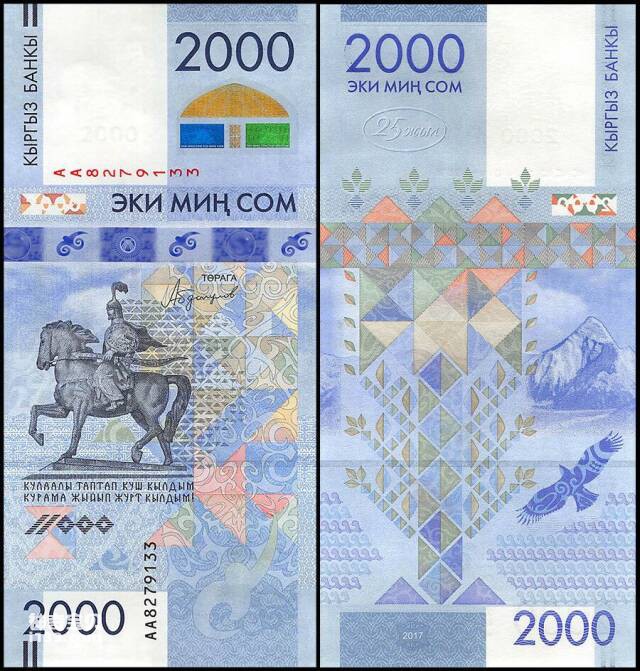
25. Kyrgyzstan
The currency of Kyrgyzstan is the Som, which features some local animals. The most famous of them is the snow leopard on the national emblem. This cat is very rare in Central Asia and is considered a precious species. In addition, Kyrgyzstan's 1-som coin features a goat, and the 5-som coin features a camel. Many different types of animals also appear on Kyrgyzstan’s banknotes, such as tigers, wild horses, eagles, etc. These are representatives of Kyrgyzstan’s natural resources and cultural heritage.
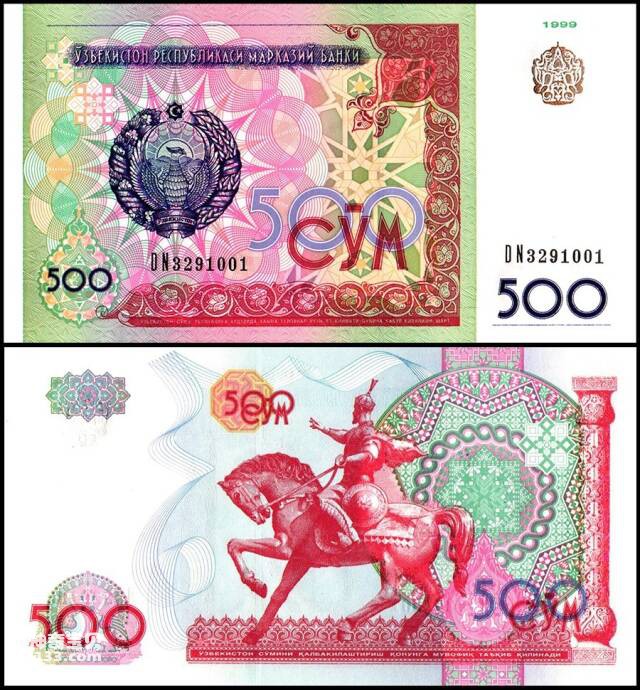
26. Uzbekistan
The currency of Uzbekistan is the Sum, which features some local animals. The most famous one is the gray wolf on the national emblem. This beast is very common in Central Asia and is considered a symbol of wildness and strength. In addition, Uzbekistan's 1, 5, 10, 25 and 50 soum coins feature a grouse, while the 100 soum coin features a wild horse. Many different types of animals also appear on Uzbekistan’s banknotes, such as tigers, wild goats, swans, etc., which are representatives of Uzbekistan’s natural resources and cultural heritage.
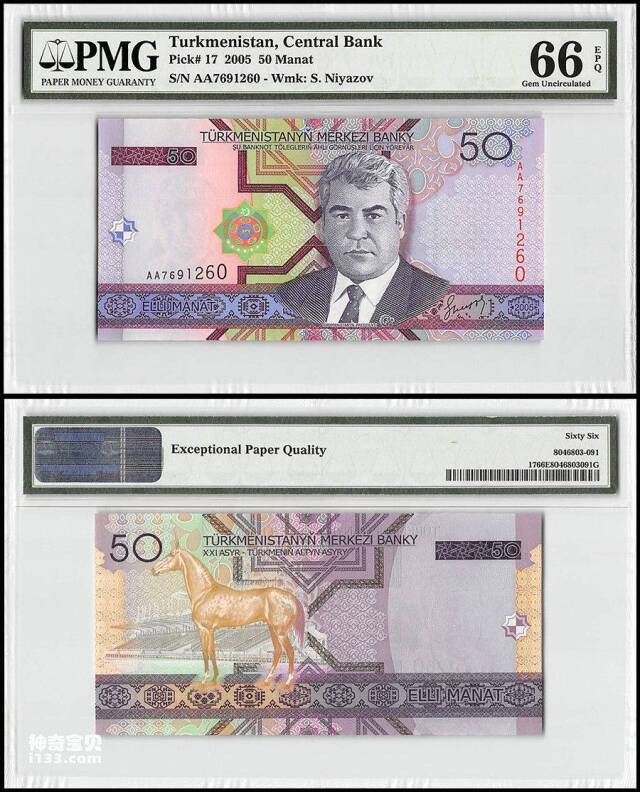
27. Turkmenistan
The currency of Turkmenistan is the Manat, which features some local animals. The most famous of them is the Akhal-Teke horse on the national emblem. This horse is very famous in Central Asia and is considered a fast, graceful and noble animal. In addition, Turkmenistan's 1, 2, 5, 10, 20 and 50 manat coins all feature a swan, while the 100 manat coin features a lion. Many different types of animals also appear on Turkmenistan’s banknotes, such as tigers, wild horses, fish, etc. These are representatives of Turkmenistan’s natural resources and cultural heritage.
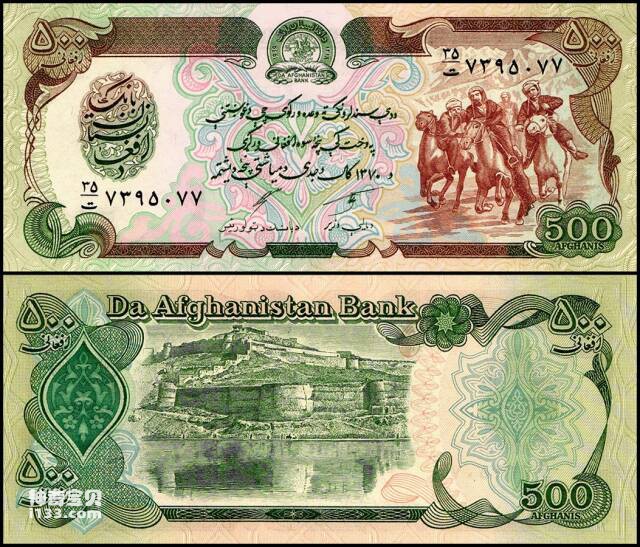
28. Afghanistan
The currency of Afghanistan is the Afghani, which features some local animals. However, due to the unstable political situation in Afghanistan and the chaotic currency situation, there is no unified design standard. However, Afghanistan’s previous coins often featured horses, sheep, goats and other animals related to local agriculture and animal husbandry, while banknotes often featured images of famous buildings and historical and cultural heritage.
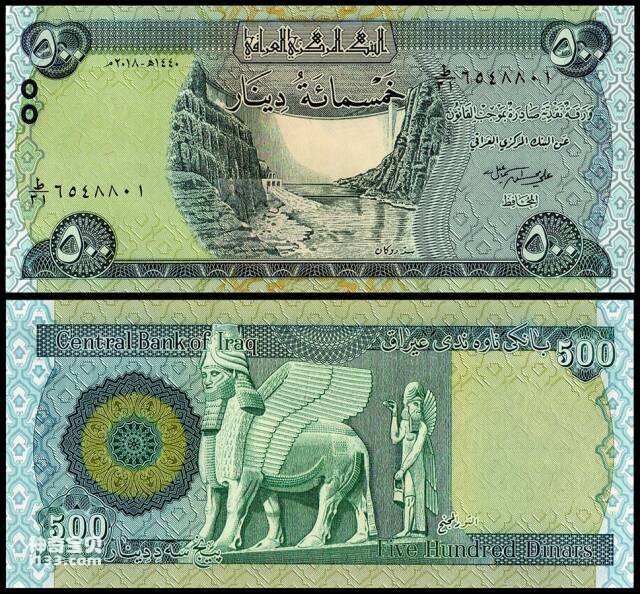
29. Iraq
The currency of Iraq is the Iraqi Dinar, which features some local animals. The most famous one is the eagle on the national emblem. This raptor is very common in the Middle East and is considered a symbol of bravery, freedom and strength. In addition, many different types of animals appear on Iraqi coins and banknotes, such as jackals, camels, carp, etc., which are representatives of Iraq's natural resources and cultural heritage. However, it should be noted that due to the relatively unstable political and security situation in Iraq, currencies may frequently change designs or cease to circulate during certain periods.
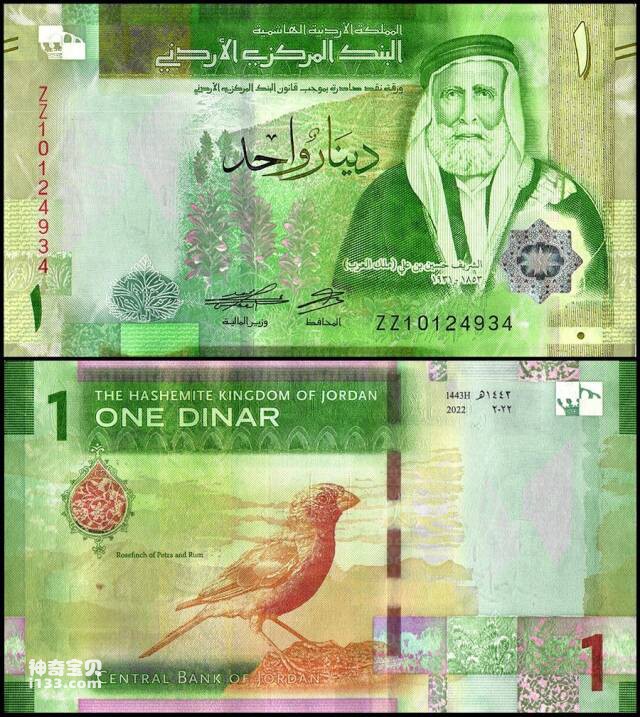
30. Jordan
Jordan's currency is the Jordanian Dinar, which features some local animals. The most famous one is the eagle on the national emblem. This raptor is very common in the Middle East and is considered a symbol of bravery, freedom and strength. In addition, many different types of animals appear on Jordan’s coins and banknotes, such as lions, scorpions, squirrels, etc., which are representatives of Jordan’s natural resources and cultural heritage. Moreover, Jordan issues commemorative coins to commemorate events of historical significance or importance. The patterns on these commemorative coins will also involve animals. For example, the commemorative coins commemorating the 25th anniversary of Jordan's opposition to the signing of the Washington Treaty in 1995 feature a golden pheasant.
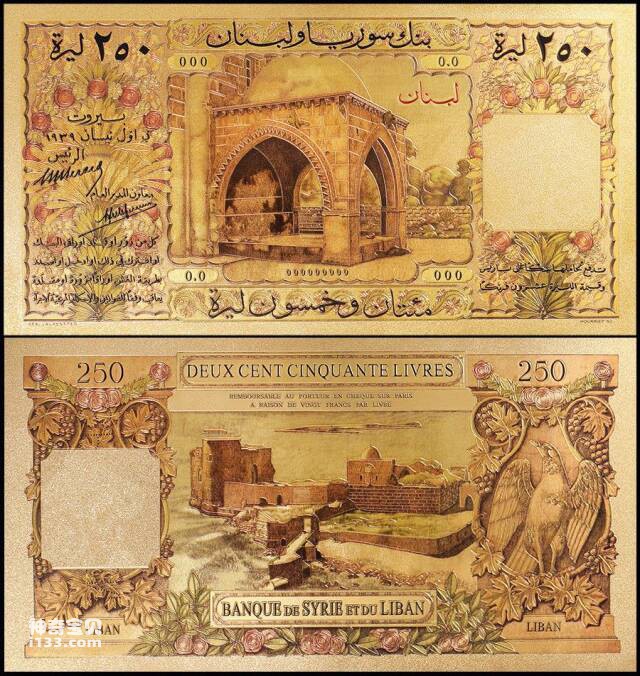
31. Lebanon
The currency of Lebanon is the Lebanese Pound, which has some local animals printed on it. The most famous of these is the Phoenix on the national emblem. This mythical animal was very important in ancient Lebanese civilization and was considered a symbol of immortality and rebirth. In addition, many different types of animals appear on Lebanese coins and banknotes, such as parrots, fish, goats, etc., which are representatives of Lebanon's natural resources and cultural heritage. Moreover, Lebanon also issues commemorative coins to commemorate events of historical significance or importance. The patterns on these commemorative coins will also involve animals. For example, the commemorative coins commemorating the 50th anniversary of the U.S. moon landing in 2019 feature the lunar module and a An eagle.
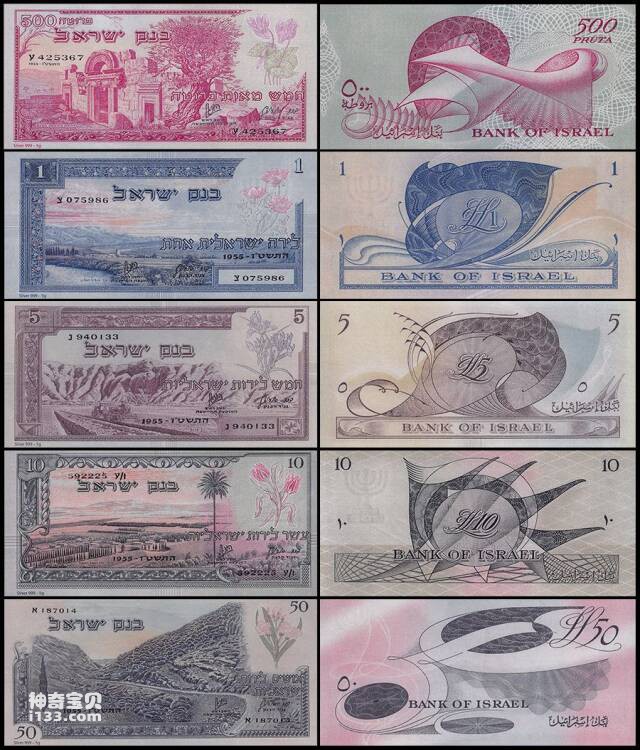
32. Israel
Israel's currency is the New Shekel, which features some local animals. The most famous of these is the Jewish lamp on the national emblem, a symbol that represents Jewish culture and spirituality. In addition, many different types of animals appear on Israeli coins and banknotes, such as birds, fish, turtles, etc., which are representatives of Israel’s natural resources and cultural heritage. At the same time, Israel has also issued commemorative coins to commemorate important historical events or figures. The patterns on these commemorative coins will also involve animals. For example, the commemorative coins commemorating the 50th anniversary of the liberation of Jerusalem have patterns of lions and doves printed on them.
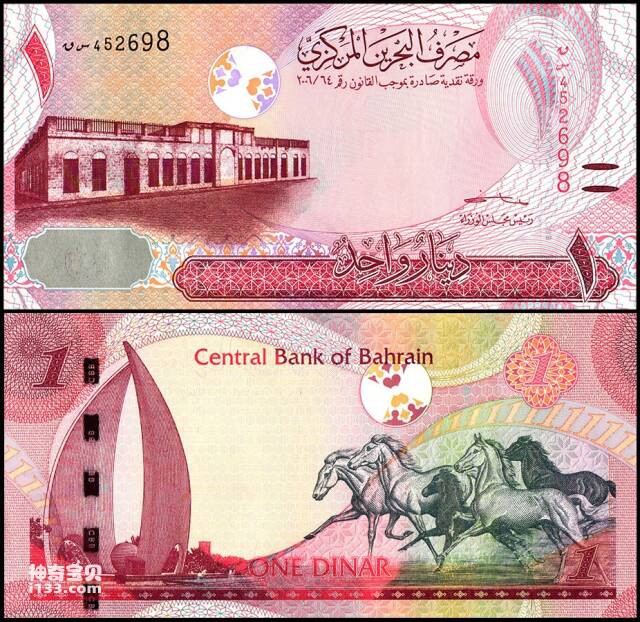
33. Bahrain
The currency of Bahrain is the Bahraini Dinar, which features some local animals. The most famous are the two lions and a palm eagle on the national emblem, which are Bahrain's symbolic animals. In addition, many different types of animals appear on Bahrain’s coins and banknotes, such as camels, antelopes, fish, etc., which are representatives of Bahrain’s natural resources and cultural heritage. At the same time, Bahrain will also issue commemorative coins to commemorate historical or important events. The patterns on these commemorative coins will also involve animals. For example, the commemorative coins commemorating the 2012 United Arab Emirates Summit feature red-crowned cranes and steppe horses. picture of.
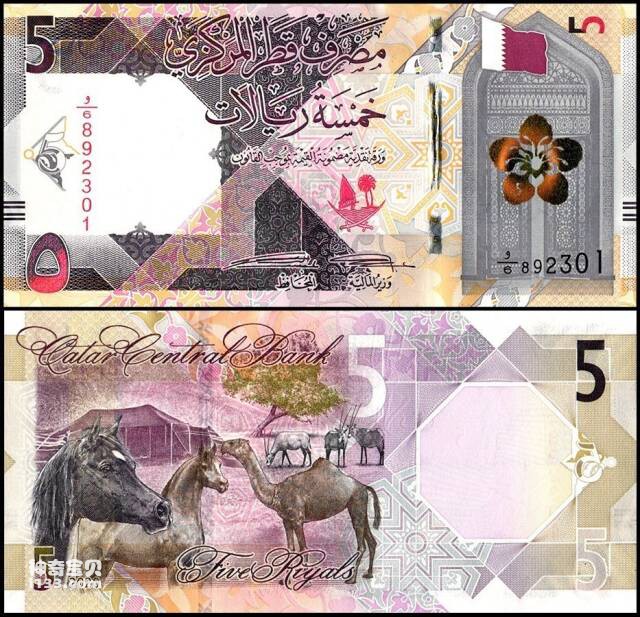
34. Qatar
The animal on Qatar's currency is the falcon. In Qatari culture, the falcon is a revered bird and is used as a symbol of hunting and sport. Therefore, the falcon has become the national bird of Qatar and appears in various important occasions such as the country's logo, heraldry and currency. Qatar's currency unit is the riyal, and some of its coins and banknotes feature the image of a falcon to showcase Qatar's cultural characteristics and local traditions.

35. Kuwait
The animal on Kuwait currency is a camel. Camels are an important domestic animal in Kuwaiti culture because of their ability to adapt to the desert environment and provide meat, milk, wool, and transportation. Therefore, the camel has become one of the symbols of Kuwait and appears on various important occasions such as the country's logo, heraldry and currency. Kuwait’s currency unit is the dinar, and some of its coins and banknotes feature the image of a camel to showcase Kuwait’s cultural characteristics and local traditions.
animal tags:
We created this article in conjunction with AI technology, then made sure it was fact-checked and edited by a Animals Top editor.